Vietnam Travel Guide, Essential Information for Exploring the Beautiful Country
- Published on
Vietnam, a country full of charm and diversity, attracts countless travelers with its magnificent natural beauty, rich history and culture, and delicious cuisine. In this detailed guide, we will delve into the do's and don'ts of traveling to Vietnam, local cuisines, cultural customs, climatic features, transportation options, and emergency contacts to help you plan an unforgettable trip.
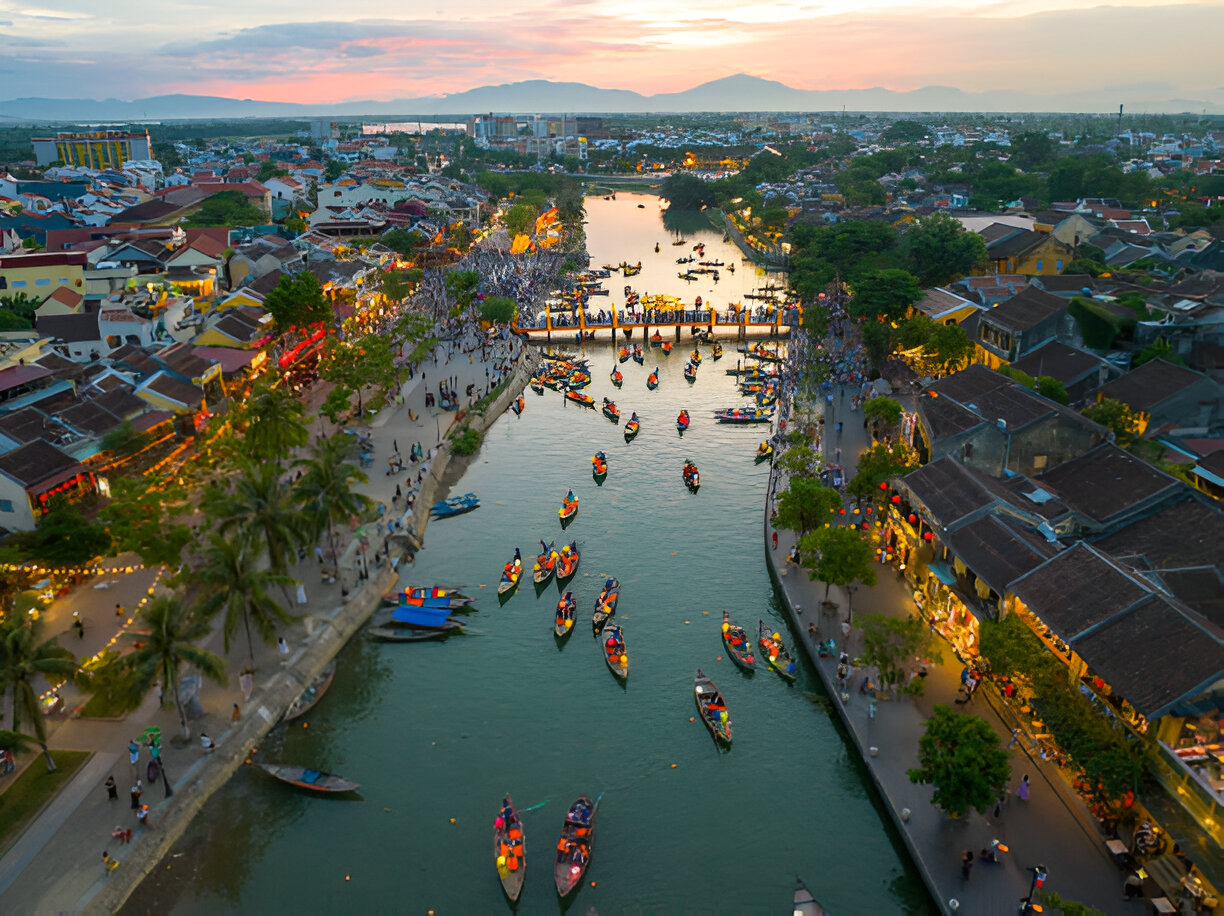
1. What to expect when traveling to Vietnam
1.1 Visa requirements
The first step in traveling to Vietnam is to understand the visa policy. Visitors from most countries are required to apply for a visa. You can either apply for an e-visa online, which usually has a faster processing time, or apply for a visa-on-arrival, which requires you to check the requirements and locations in advance.
1.2 Health and Safety
Before traveling, it is recommended to get the necessary vaccinations such as Hepatitis B, Typhoid and Rabies. In addition, carry commonly used medications such as cold and flu remedies, anti-inflammatory and anti-allergy medications in case of emergency. It is also wise to take out travel insurance to protect yourself in case of unexpected situations.
1.3 Currency and Payment
The official currency of Vietnam is the Vietnamese Dong (VND). Before traveling, it is advisable to exchange some cash at the bank or airport. Although credit cards are accepted in many places, cash is still the main form of payment at stalls and markets.
2. Recommendations for affordable accommodation
There are many affordable hotels and hostels in Vietnam, perfect for travelers on a budget. Here are some recommendations:
2.1 Hanoi
- Hanoi Central Backpackers Hostel.
- Offering clean, comfortable dorms and a friendly atmosphere for backpackers, it is a great place to socialize and network.
2.2 Da Nang
- The Chill Box
- A budget hostel, close to the beach, offering basic amenities for those who enjoy the sun and waves.
2.3 Saigon
- Saigon Backpackers Hostel
- Excellent location, offering a variety of room types, suitable for interacting with other travelers and lively atmosphere.
2.4 Hoi An
- Little Hoi An Boutique Hotel & Spa
- Good value for money, close to the old town, offering comfortable accommodation and warm service.
2.5 Menai
- Mui Ne Backpacker Village
- Suitable for backpackers, offering budget dorms and private rooms, close to the beach.
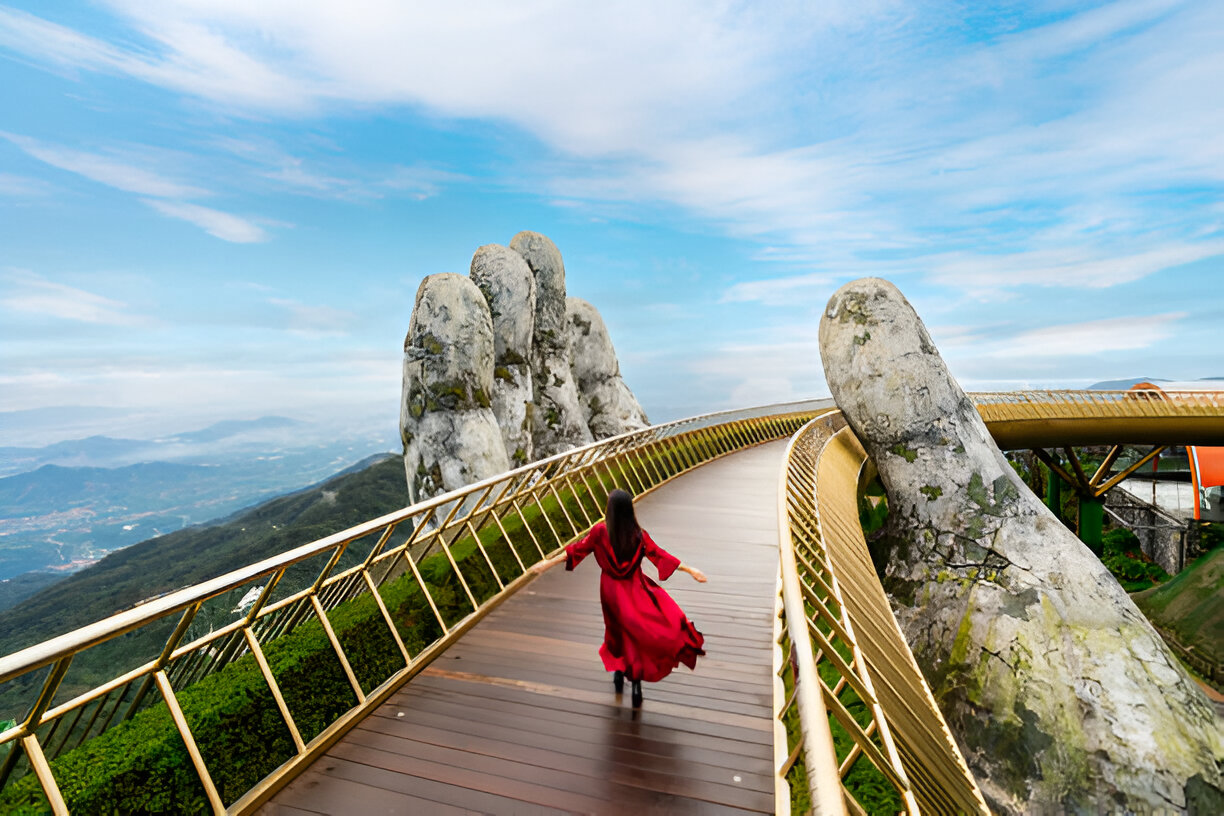
3. Recommended Local Cuisine
Vietnam's cuisine is known for its unique flavors and fresh ingredients, here are some not-to-be-missed dishes:
3.1 Vietnamese River Vermicelli
This is a classic Vietnamese dish using rice noodles, beef or chicken, herbs and broth for a delicious flavor.
3.2 Spring Rolls
Fresh raw spring rolls, usually wrapped with shrimp, pork, rice noodles and vegetables, served with peanut sauce or fish sauce.
3.3 White Rose Dumpling
A popular seafood dumpling with a thin outer skin and a tasty inner filling, ideal for enjoying with sauces.
3.4 Vietnamese Rice Noodle
This type of rice noodle is usually served with a variety of meats and broths, and is commonly served with cold rice noodle.
3.5 Baguette (Banh Mi)
Vietnamese French sandwiches with a variety of meats, vegetables and spices, rich in flavor and a quick street food option.
3.6 Mung Bean Cake (Banh Dau Xanh)
A traditional dessert made from mung beans with a delicate texture, usually served during festivals.
4. Cultural practices in Vietnam
Knowing the local culture and customs will help you better integrate into your travel experience. Here are 10 cultural customs in Vietnam:
4.1 Respect for elders
In social occasions, elders usually speak first and young people should show respect for them.
4.2 Etiquette
Cảm ơn (thank you) and Xin lỗi (excuse me) are often used to show politeness, and basic greetings are also important.
4.3 Taking off shoes to enter a home
Shoes should be removed when entering a home to show respect for the family.
4.4 Dining Manners
Chopsticks are usually used during meals. Try not to insert them into the rice as this may be considered unlucky.
4.5 Holiday Celebrations
Tết (Lunar New Year) is the most important festival in Vietnam and is usually celebrated with family reunions, during which many traditional customs are practiced.
4.6 Wearing traditional clothes
Ao Dai is worn on special occasions to honor tradition and is often worn by women during festivals.
4.7 Public behavior
Avoid loud noises and be quiet, especially on public transportation and in places of worship.
4.8 Respect for Religious Places
Be aware of the need to dress appropriately when entering temples, which usually require covering the shoulders and knees.
4.9 Tipping culture
Moderate tipping in restaurants or hotels is welcome, usually 5-10% of the bill.
4.10 Family values
Family relationships play an important part in Vietnamese culture, with family gatherings and reunion dinners being particularly important.
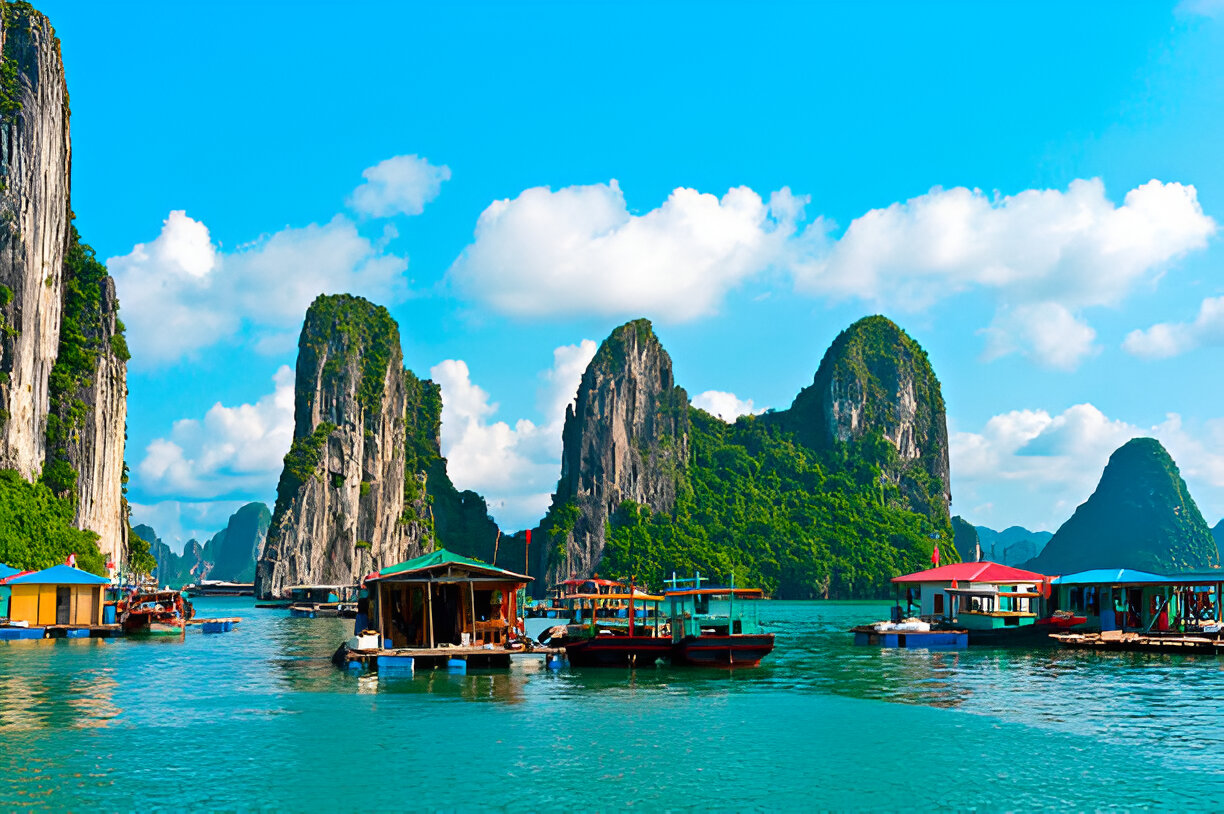
5. Weather in December and January
December and January are winter months in Vietnam, with cooler temperatures in the north (e.g. Hanoi), often between 15°C and 20°C, with occasional light rain, and warmer temperatures in the south (e.g. Ho Chi Minh City), between 25°C and 30°C, which makes it suitable for beach activities. It is recommended to choose appropriate clothing according to your destination, with light jackets in the north and light clothing in the south.
6. Travel Essentials
Before you leave, make sure you have the following items with you for any situation:
- Passport & Visa: Make sure you have them with you to avoid losing them.
- Cash & Credit Cards: Prepare enough cash for stalls and markets.
- Commonly Used Medicines: such as cold and flu medicines, anti-inflammatory medicines and anti-allergy medicines.
- Chargers & Mobile Power: Keep electronic devices charged.
- Suitable Clothing: Prepare clothing according to the weather.
- Personal Toiletries: such as toothbrush and face wash.
- Internet Preparation: It is recommended to travel to Vietnam must be prepared to travel esim, PhoneSIMGo's esim packages, designed for travelers in Vietnam.
7. Transportation options
When traveling in Vietnam, you can choose from the following transportation options:
7.1 Motorcycle rental
Suitable for short-distance travel, flexible and convenient. It is common in big cities and you should pay attention to safe driving.
7.2 Public buses
Affordable but complicated schedule, suitable for travelers with limited budget.
7.3 Taxi Apps
Such as Grab, it is a convenient way of transportation and supports various payment methods.
7.4 Train
Suitable for long-distance traveling, with beautiful scenery along the way and experiencing the local railroad culture.
7.5 Bicycle
Cycling in the city is environmentally friendly and you can enjoy the local life, especially suitable for places such as Hoi An and Da Nang.
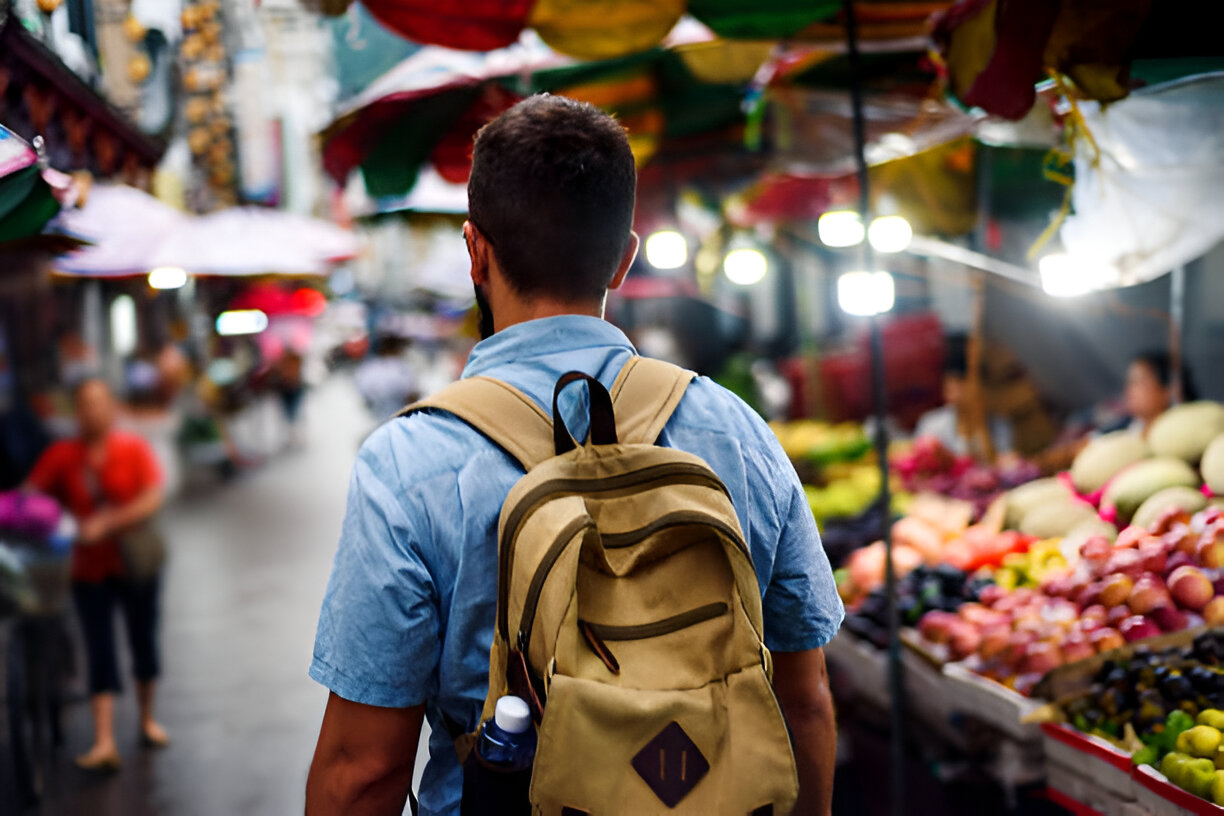
8. Low-cost attractions and activities
There are many low-cost attractions and activities in Vietnam, here are 10 recommended ones:
8.1 Hanoi Old Quarter
Explore the intersection of history and culture with ancient streets and bustling markets.
8.2 Halong Bay
A beautiful natural wonder for boat trips with breathtaking views of limestone islands.
8.3 Menai Dunes
Experience the fun of sandboarding and enjoy the beautiful scenery at sunrise or sunset.
8.4 Hoi An Ancient Town
Stroll through the old streets and enjoy the historical atmosphere, beautiful architecture and lanterns.
8.5 Ho Chi Minh City War Museum
Learn about the history of the Vietnam War with rich exhibitions for visitors interested in history.
8.6 Dalat Garden
Enjoy the beautiful flowers and natural landscape, suitable for taking photos and relaxing.
8.7 Da Nang Beach
Enjoy the sunshine and the sea with plenty of beach activities.
8.8 National Museum of Vietnam
Learn about Vietnam's culture and history with a wealth of exhibits for study and exploration.
8.9 Bamboo Grove Temple
Experience the peaceful religious atmosphere and admire the ancient architecture.
8.10 Mountain Market
Experience the hustle and bustle and flavor of the local market and buy fresh fruits and handicrafts.
9. Spend your travel budget wisely
It is crucial to plan your budget wisely when traveling on a free trip or any other way of traveling. Here are some suggestions:
9.1 Book in advance
Booking flights and hotels in advance usually results in better rates.
9.2 Choose local restaurants
Savor the food and save money at the same time. Avoid eating at high-priced restaurants near tourist attractions.
9.3 Use public transportation
Choose public transportation to reduce transportation costs.
9.4 Make a daily budget
Control your daily expenses to avoid overspending and rationalize your budget for shopping and entertainment.
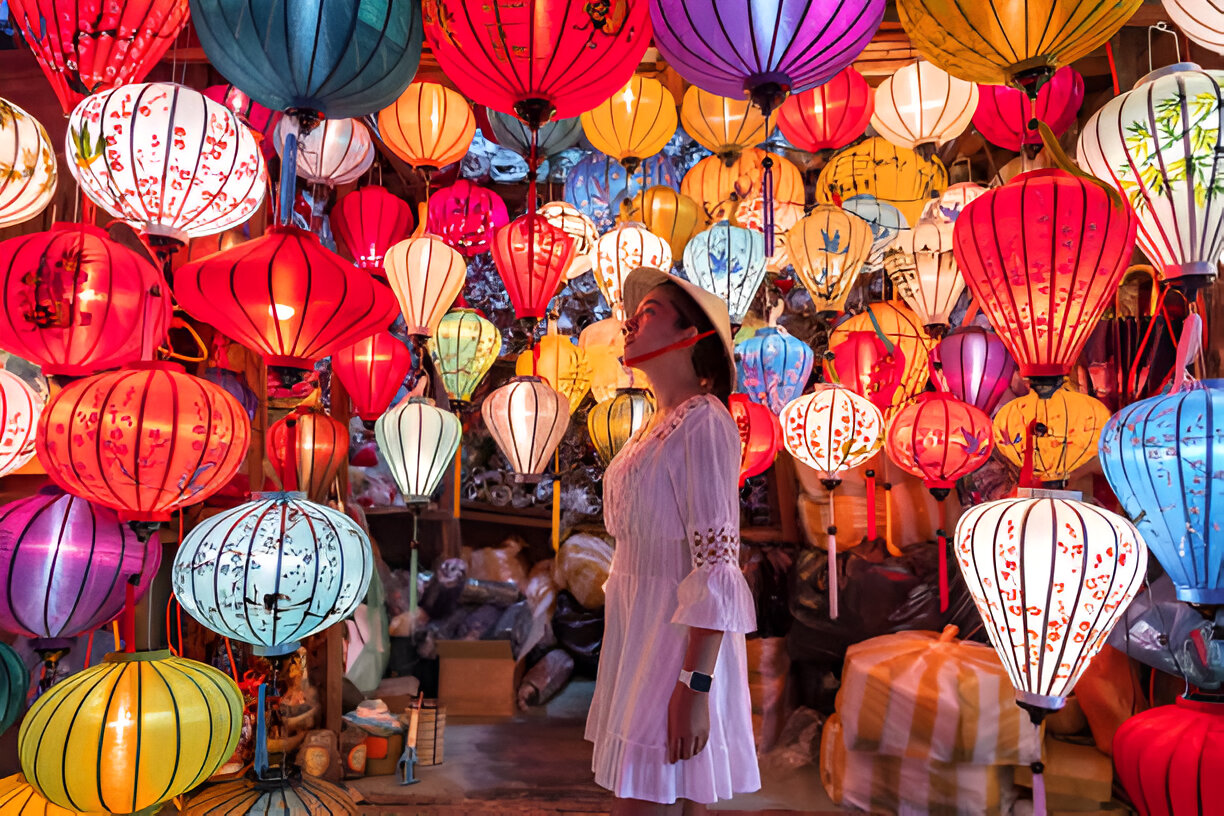
10. Characteristics and considerations of different modes of travel
10.1 Free Travel
- Features: Flexibility and freedom, customized itinerary, suitable for travelers who like to explore.
- Precautions: Plan your trip in advance, make sure you have enough information and resources, and pay attention to safety.
10.2 Traveling with a tour group
- Features: Save effort and energy, suitable for first-time travelers with fixed itinerary.
- Precautions: Choose a reputable travel agency, understand the details of the trip and ensure satisfaction.
10.3 Backpacking
- Features: Low budget, explore non-mainstream attractions, suitable for young people and student groups.
- Precautions: Ensure safety, carry important items with you, know the destination information.
10.4 Eco-tourism
- Features: Focus on environmental protection, participate in local community activities and experience the beauty of nature.
- Precautions: Choose a responsible travel company, respect nature and culture.
11. Points of Attention for Touring Attractions
When touring each attraction, pay attention to the following matters:
11.1 Checking opening hours in advance
Make sure the attraction is open to avoid wasting time.
11.2 Follow local rules
Respect the local culture by following local rules, such as restrictions on taking photos and clothing requirements.
11.3 Keep the environment clean
Respect the natural and cultural heritage and protect the environment.
12. Emergency Contacts
When traveling in Vietnam, in case of problems, you can contact:
- Local police: 113
- Firefighting: 114
- Medical Emergency: 115
- Chinese Embassy in Vietnam: +84-24-3734 9990
13. Common Travel Problems
13.1 How to deal with language barriers?
Learning some simple Vietnamese or using a translation app can help to communicate better locally.
13.2 What items are essential to bring?
Passport, cash, cell phone charger, and common medicines are essential items for traveling.
13.3 How to ensure cell phone communication and internet access?
Use PhoneSIMGo's eSIM package, which provides high-speed internet service and covers remote areas to ensure smooth communication.
13.4 How to deal with unexpected situations?
Stay calm and contact local organizations or embassies to ensure safety.
13.5 What is the best time to travel?
The best time to travel in Vietnam is from November to April each year, with pleasant weather for all kinds of activities.
By knowing this information, you will be able to better plan and enjoy your trip to Vietnam. Whether you are looking for adventure or relaxation, Vietnam offers a unique and wonderful experience. We hope this guide will help make your trip to Vietnam enjoyable and memorable!
